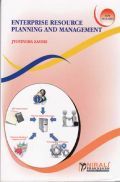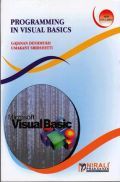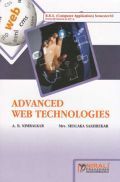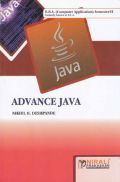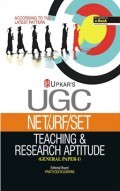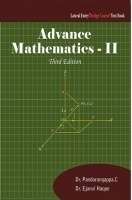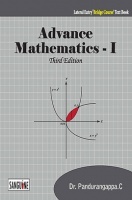Intended as a text for undergraduate and postgraduate students of engineering in Computer Science and Engineering, Information Technology, and students pursuing courses in computer applications (BCA/MCA) and computer science (B.Sc./M.Sc.), this state-of-the-art study acquaints the students with concepts and implementations in computer architectures. Though a new title, it is a completely reorganized, thoroughly revised and fully updated version of the author’s earlier book Perspectives in Computer Architecture.
The text begins with a brief account of the very early history of computers and describes the von Neumann IAS type of computers; then it goes on to give a brief introduction to the subsequent advances in computer systems covering device technologies, operational aspects, system organization and applications. This is followed by an analysis of the advances and innovations that have taken place in these areas. Advanced concepts such as look-ahead, pipelining, RISC architectures, and multi-programming are fully analyzed. The text concludes with a discussion on such topical subjects as computer networks, microprocessors and microcomputers, microprocessor families, Intel Pentium series, and newer high-power processors.
Preface
1. Stored Program Computers
2. The Basic Building Blocks of Digital Computers
3. The Arithmetic Unit
4. The Memory Unit
5. Input and Output Units
6. The Control Unit
7. Innovations in Arithmetic Units
8. Advances in Memory Systems
9. Innovations in Input and Output Units
10. Innovations in General Organisation and Control
11. Interrupts and Interrupt Operation
12. Look Ahead and Pipelining
13. Trends in System Architecture
14. Multiprogramming and Time-Sharing
15. External and Internal Concurrency
16. Vector Processors, Array Processors and Supercomputers
17. Computer Networks
18. Microprocessors and Microcomputers
19. Microprocessor Families
20. The Pentium Series of Processors
21. The Newer High Power Processors
Appendices
1. Representation of Numbers in Computers
2. Arithmetic Operations in Digital Computers
3. Generations of Computers
4. Machine Language and Assembly
5. Data Flow
Index









